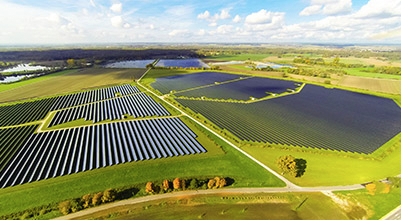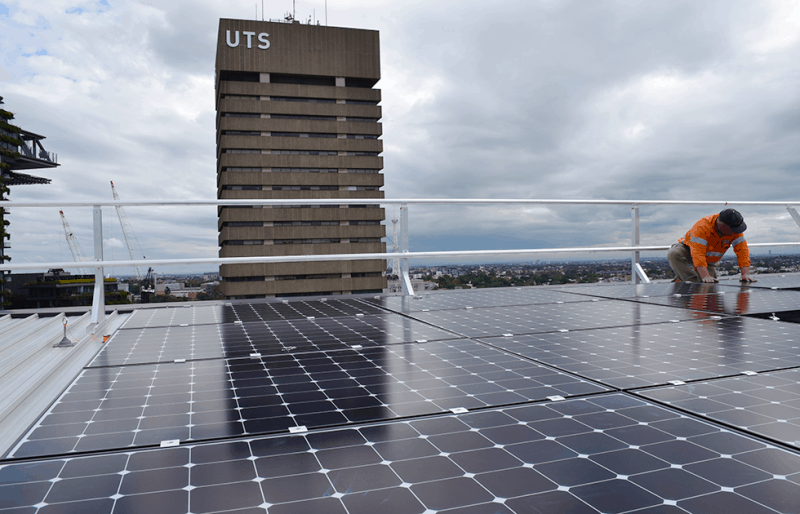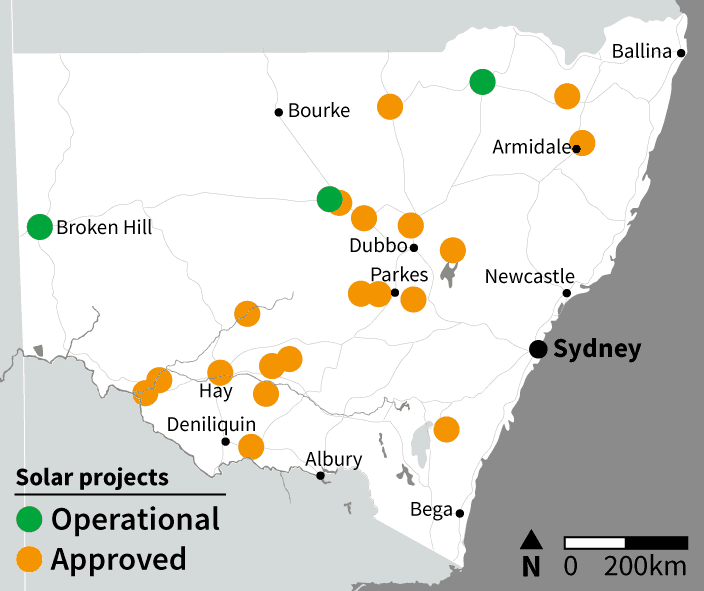Canadian Solar have announced that the Finley Solar Farm will be using their KuMax modules and EPC services for the $170m project in New South Wales.
Finley Solar Farm | Canadian Solar KuMax Modules

The Finley Solar Farm will use almost half a million Canadian Solar CS3U-P Kumax Panels with single axis tracking, according to SolarQuotes. The modules are ‘split cell/half cut’ with 144 cells per module. Canadian Solar don’t have a huge presence in Australia yet, and it looks like they are going to focus on commercial solar installations for the time being. The farm will cost around $170m and will be built 6km west of Finley (which is located around 140km west of Albury, which is a city in southern New South Wales with a population of around 51,000). According to their website, the 175MW farm will be developed by ESCO Pacific, one of Australia’s leading renewable energy developers, with construction being managed by Signal Energy Australia.
Canadian Solar Chairman and Chief Executive Officer Dr. Shawn Qu discussed their input in the project:
“We are delighted to be selected by ESCO Pacific to provide EPC (Engineering, procurement and construction) services together with Signal Energy and to supply our 1500V crystalline module to this large-scale solar power plant,” said Dr. Qu in a statement on the official Canadian Solar website.
The farm has started construction (which started in December 2018) and the Finley Solar Farm is expected to be completed in Q3 this year, so not long at all! The energy has already mostly been spoken for, with a 7 year PPA signed last July by ESCO Pacific and Bluescope for the Finley Solar Farm to sell 66% of its output to Bluescope – with the PPA (Power Purchasing Agreement) the biggest corporate PPA of its kind in Australia at the time.
John Nowlan, the head of Australian steel at BlueScope, said the contract will be a step in the right direction while they continue to support the National Energy Guarantee and rely less and less on non-renewable energy:
“(The contract) will help keep downward pressure on our energy costs, and will support the gradual transition to renewable energy,” Mr Nowlan told the Australian Financial Review.





